Why paying in USD isn’t always the best way.
"We actually pay all of our overseas suppliers in USD" is one of the most common things we hear at Dunbridge Financial. And while that may be true, there are often a few issues with that approach.
Making payments to international suppliers and vendors can be a confusing, and often time-consuming process. There are many elements to consider when sending an international payment, but what we consult our customers on most often is the benefits of sending a local currency payment versus an international USD payment.
As a US based company, you have two options when sending a payment to an international supplier/vendor.
- Sending a USD wire
- Sending local currency (A wire in foreign currency)
For simplicity, below is a representation of how a USD wire works, versus a Local Currency Wire.
SENDING USD INTERNATIONALLY:
SENDING LOCALCURRENCY:
What you must always keep in mind, is that when you send a USD wire to an international vendor, their local bank will often convert that USD into local currency themselves, before crediting your vendor’s account. So, while the USD wire may seem to be the easier and less confusing option, listed below are several reasons why sending local currency is a better option.
Better Exchange Rates
This point is all about control. If your vendor’s bank receives your USD and does the currency conversion automatically, you have no control over your exchange rate, or how much local currency will ultimately land in your vendor’s bank account. When sending an FX wire, you can lock in a preferred exchange rate, and be in full control over the amount landing in your vendor’s account – Ultimately saving you a significant amount of money. With Dunbridge Financial, this could save you up to 2% of your total payment value.
Speed of Payment
Sending a USD wire will often result in a delay (up to 2 days) in your payment being received, as the receiving bank will need to convert your USD into local currency before crediting your vendor’s account. An FX wire allows you to convert your funds into local currency prior to sending your payment, and directly deposit funds into your vendor’s account with minimal delay or intervention from their receiving bank.
Invoice Reconciliation
By controlling your exchange rate and knowing exactly how much will land at in your vendor’s account, you eliminate any confusion with invoice reconciliation. Often times when less local currency is received than was requested, vendors will not be able to reconcile the invoice and may enforce penalties for under payment or late payment.
Invoice Discount
If you are commonly being invoiced in USD from foreign vendors, its is very likely that they are invoicing at a premium to account for exchange rate fluctuation. Best practice would be to inquire with your vendor about paying in local currency in exchange for a percentage discount on total the invoice amount.
Dunbridge Financial would be happy to help with your international payments and treasury management, contact us anytime!
Hello@dunbridgefinancial.com


